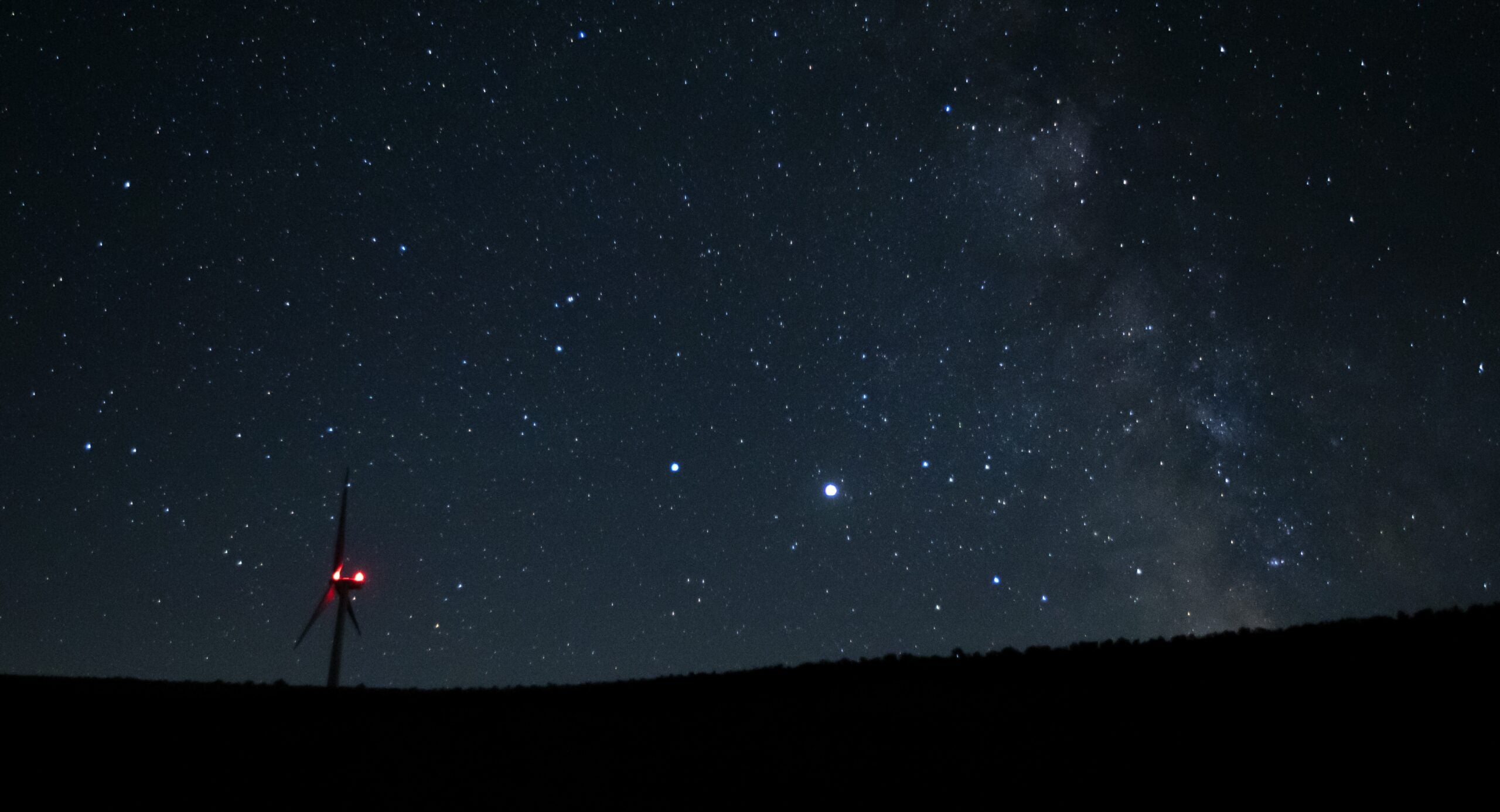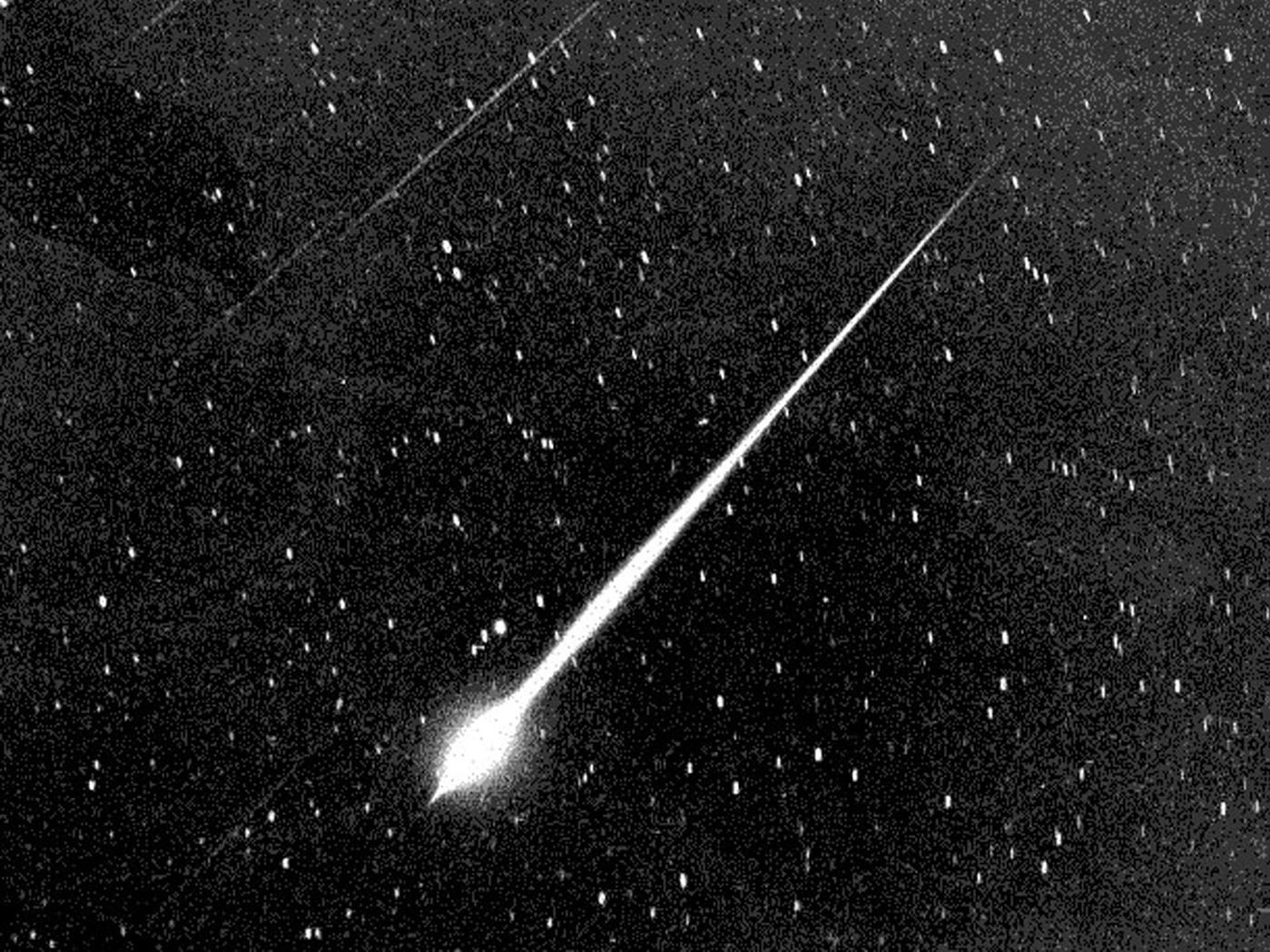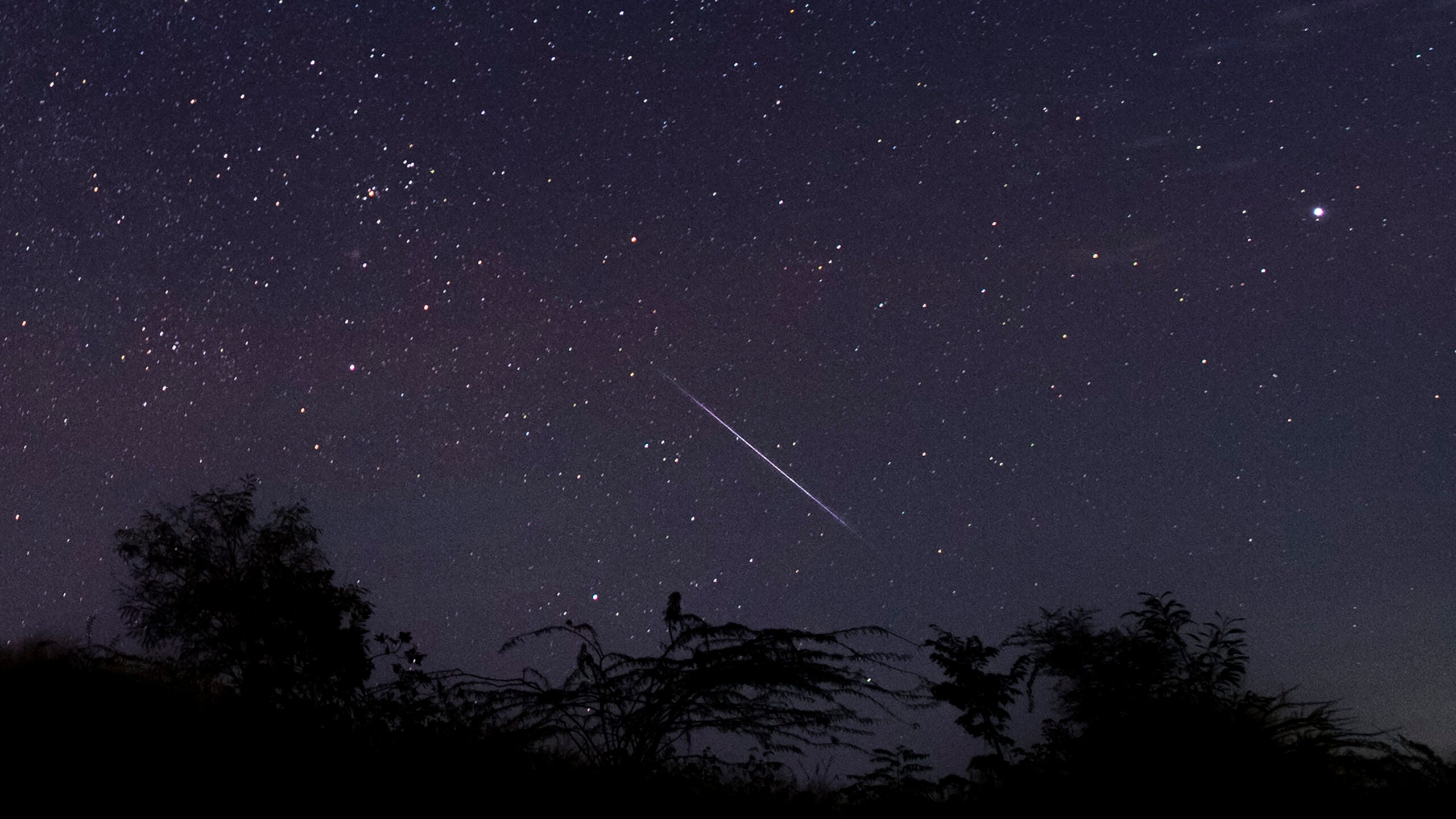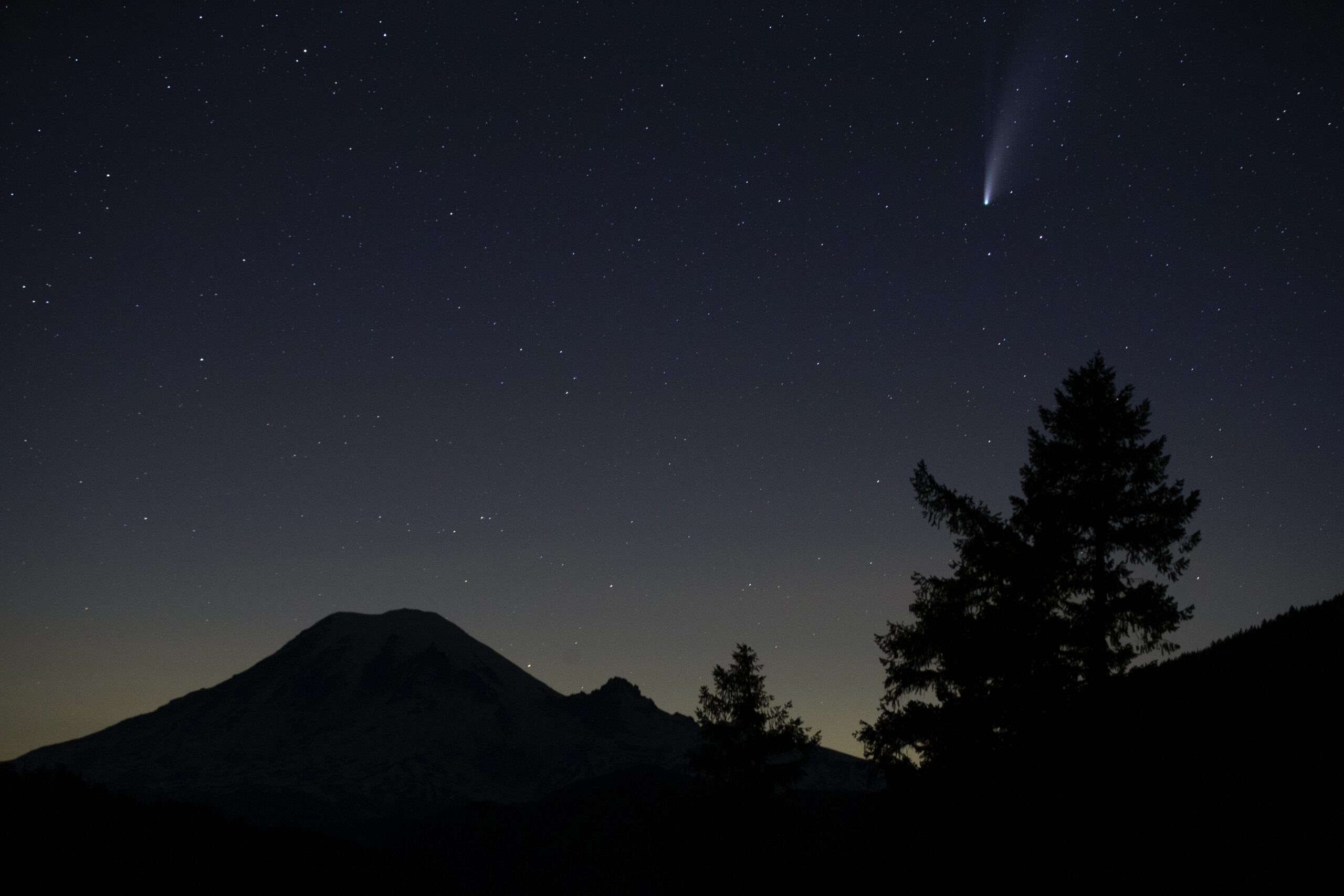During the long nights of winter, stargazing can be at its finest. From dinner time until late in the morning, there is much more to see in the night sky, said Paul Kinzer, author of “Stargazing Basics: Getting Started in Recreational Astronomy.”
And this year there’s a night sky treat that hasn’t been seen in 800 years: the “Christmas Star,” when Saturn and Jupiter are so close together they’ll appear to touch, or form one large star, at the right moment.
The Christmas Star isn’t the only stargazing event worth your time this December, Kinzer said. And while you can see them with a naked eye, a pair of binoculars can take the experience to the next level.
Stay informed on the latest news
Sign up for WPR’s email newsletter.
“Your eyes can see maybe a couple of thousand stars,” he said. “If you use a pair of binoculars, you can see over 100,000 stars. You can see the moons around Jupiter, craters on the moon, the Milky Way going across the sky. There are so many things to see with a simple pair of binoculars.”
Kinzer shared three night sky events to watch out for in December.
Christmas Star: Jupiter And Saturn Alignment
Throughout the month, Jupiter and Saturn are moving closer and closer together, Kinzer said. On Dec. 21 (the Winter Solstice), they will appear about one-tenth of a degree apart — though they will actually be more than 400 million miles apart. The year 1226 is the last time the two planets appeared that close together.
“There’s a very bright star low in the west, that star is the planet Jupiter. And if you look up and to the left, there’s a much dimmer one, and that’s the planet Saturn,” he said. “On the night of the … winter solstice, the shortest day, longest night of the year, they will be so close in the sky, they will look pretty much like one star. It’s very exciting.”
Geminid Meteor Shower
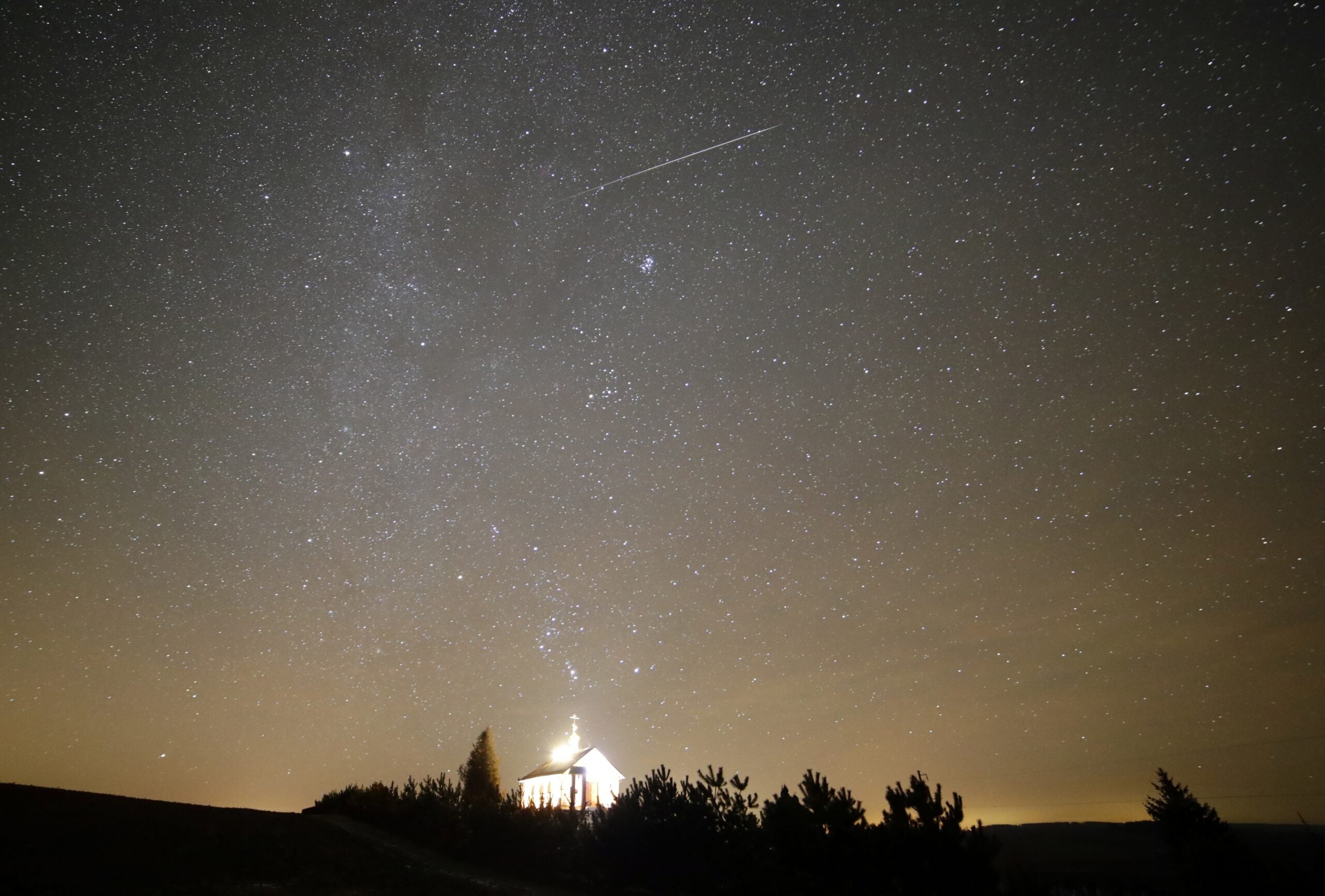
Despite happening during the cold months, the annual Geminid meteor shower is one of the best of the year, Kinzer said. This year, it will hit its peak on the night of Dec. 13, into the early hours of Dec. 14. The hours after midnight are the best for viewing.
“There could be up to 120 meteors per hour,” he said. “If you’re in the exact right conditions, that means you could see two every minute. Some people might say that’s not that much, but that’s a lot. And all you have to do is go outside and look up.”
Constellations
As winter goes on, Orion, the hunter, rises earlier each night and will be visible in the evening sky until April, Kinzer said. Nearby, the v-shaped face of Taurus, the bull, can be seen, as well as Pleiades, the seven sisters. All can be seen with the naked eye, but a pair of binoculars will make the viewing much more vivid and clear.
Wisconsin Public Radio, © Copyright 2024, Board of Regents of the University of Wisconsin System and Wisconsin Educational Communications Board.

